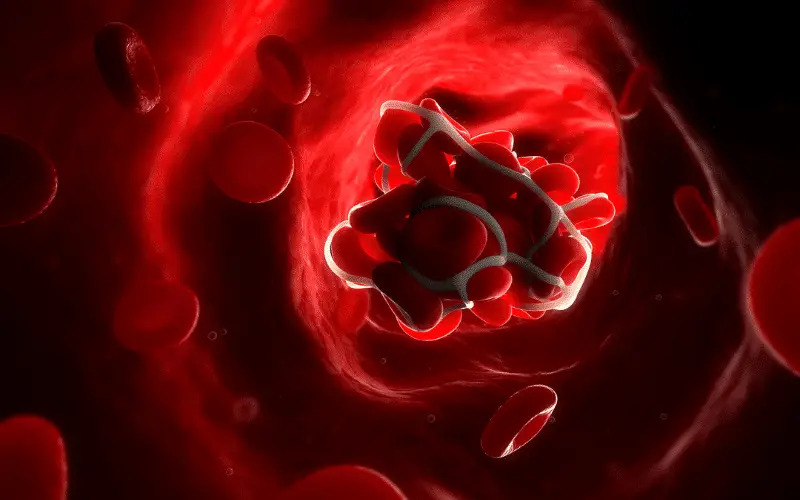Introduction: Understanding Antiphospholipid Syndrome
Antiphospholipid Syndrome (APS) is a lesser-known yet potentially dangerous autoimmune disorder. It often presents with various symptoms that can be challenging to diagnose. The primary characteristic of APS is the immune system mistakenly attacking phospholipids, essential components of cell membranes. This attack can cause blood clot formation and other complications, potentially leading to severe health issues like stroke, heart attack, or miscarriages.
In this informative article, we’ll delve into APS, its top 10 symptoms, and discuss ways to manage the condition effectively. Our goal is to provide you with valuable information to better understand this disorder, identify its symptoms, and seek appropriate medical attention when necessary.
APS affects individuals of all ages, but it is more prevalent in women of childbearing age. The condition can be either primary, where it occurs independently, or secondary, where it is associated with other autoimmune disorders such as lupus.
One of the most significant risks associated with APS is the potential for life-threatening complications if left untreated. As such, early diagnosis and intervention are crucial for individuals who may be experiencing APS symptoms. By familiarizing yourself with these symptoms, you’ll be better equipped to recognize them and seek prompt medical attention.
What is APS (Antiphospholipid Syndrome)?
Antiphospholipid Syndrome is a condition wherein the immune system attacks phospholipids, essential components of cell membranes. This attack can cause blood clot formation and other complications, potentially leading to severe health issues like stroke, heart attack, or miscarriages.
Symptom 1. Blood Clots

Blood clots are the primary symptom of APS and can form in both veins and arteries. When blood clots form in veins, it is known as venous thrombosis. On the other hand, arterial thrombosis occurs when clots form in arteries. These clots can block blood flow, causing severe complications.
Deep vein thrombosis (DVT) is one of the most common manifestations of venous thrombosis. DVT occurs when a blood clot forms in a deep vein, usually in the legs. This can cause pain, swelling, and warmth in the affected area. If left untreated, DVT can lead to a more severe complication called pulmonary embolism, where the blood clot breaks free and travels to the lungs, blocking blood flow.
Arterial thrombosis, while less common than venous thrombosis, can be even more dangerous. When blood clots form in arteries, they can obstruct blood flow to vital organs such as the brain or heart. This can result in life-threatening events like stroke or heart attack. Stroke symptoms include sudden numbness or weakness on one side of the body, confusion, difficulty speaking or understanding, and severe headache. Heart attack symptoms may include chest pain, shortness of breath, and lightheadedness.
It’s crucial to recognize the signs of blood clots and seek immediate medical attention to minimize the risk of severe complications. (1)